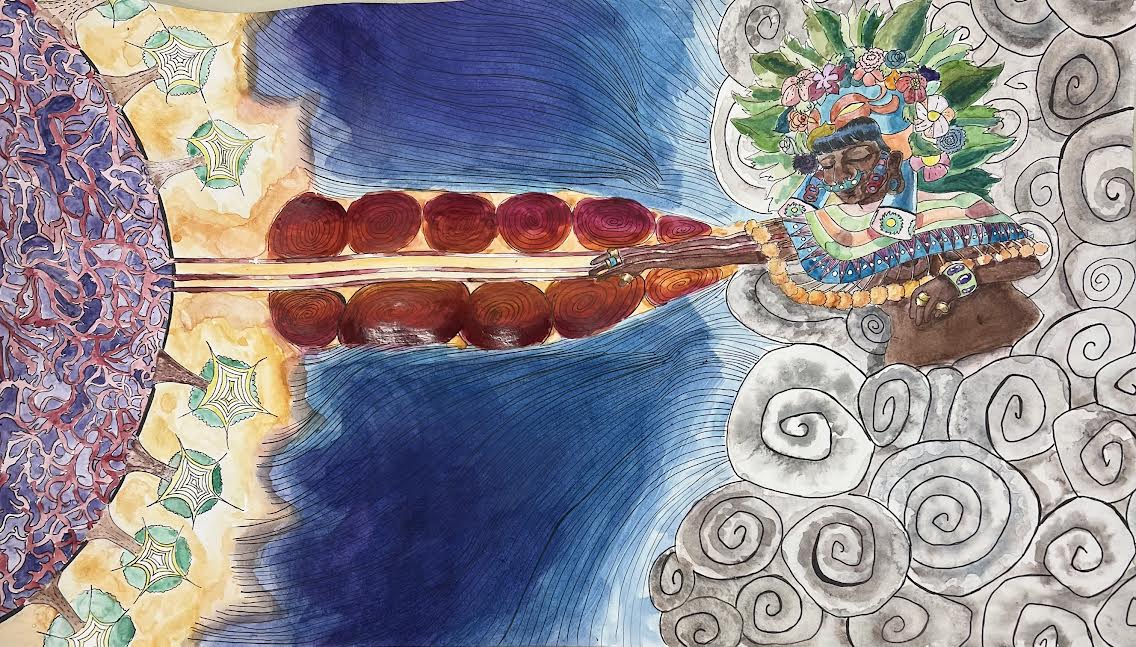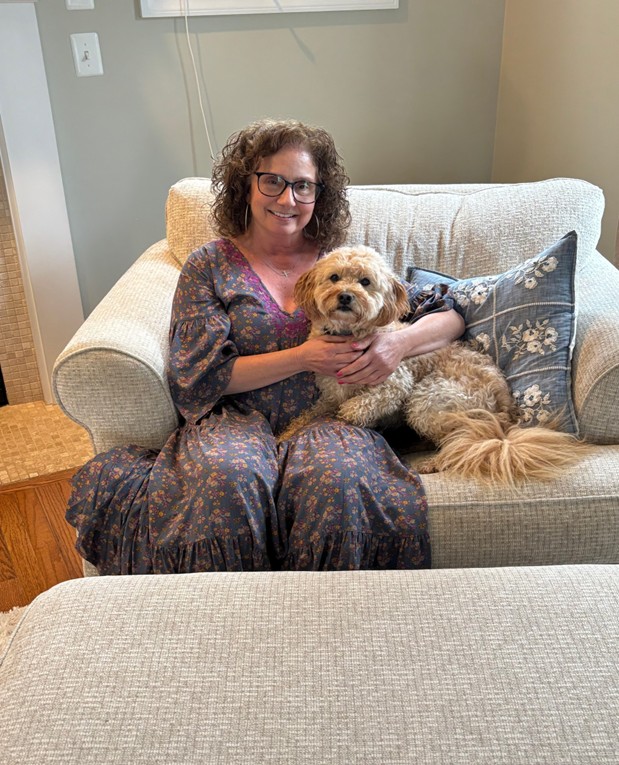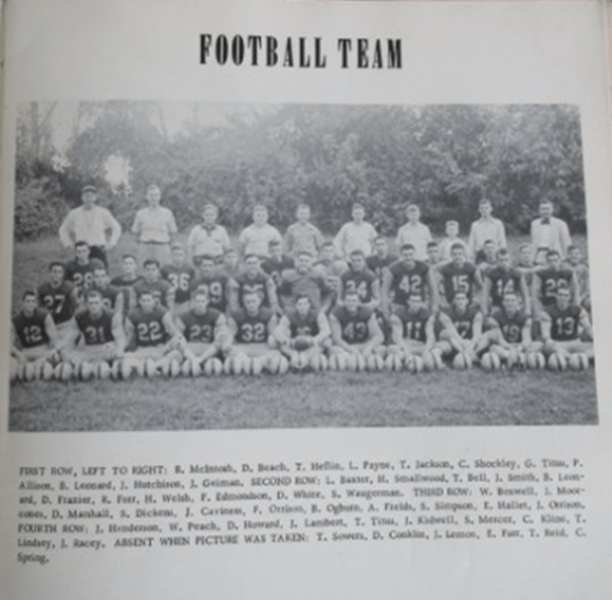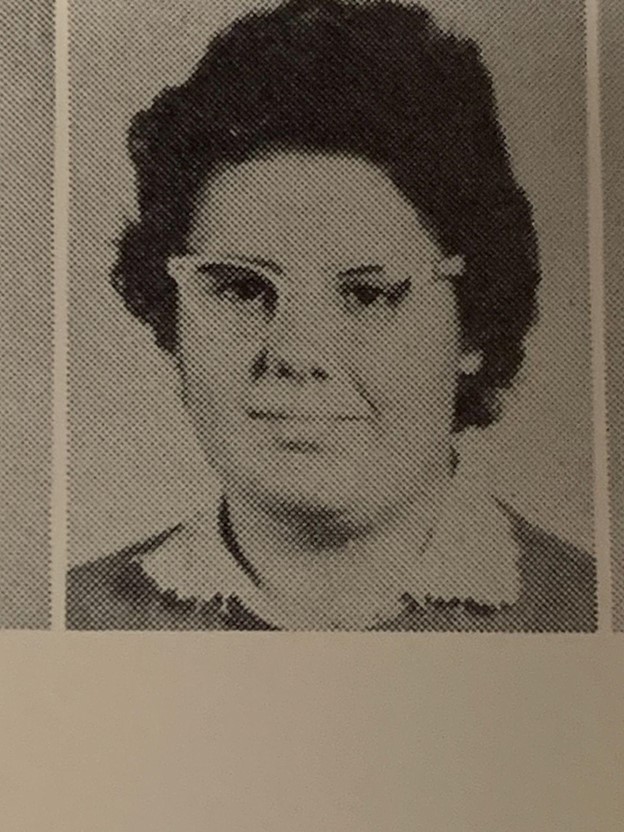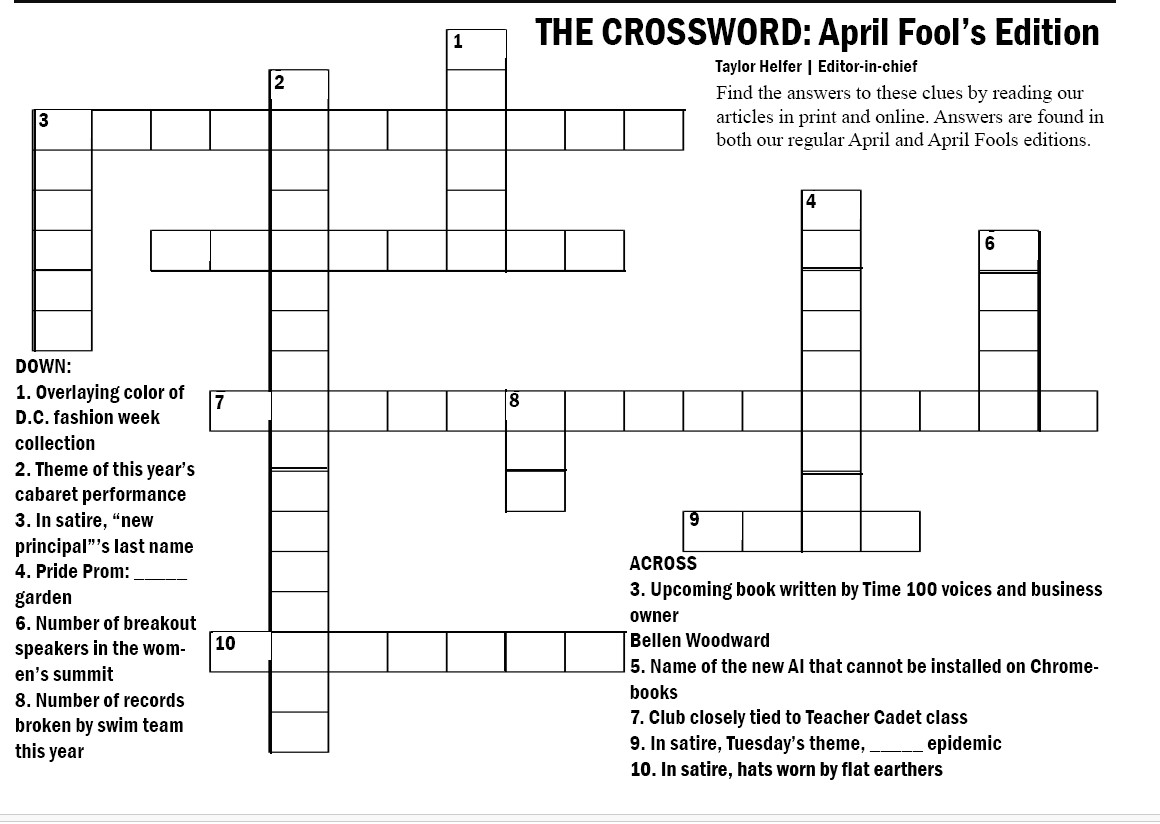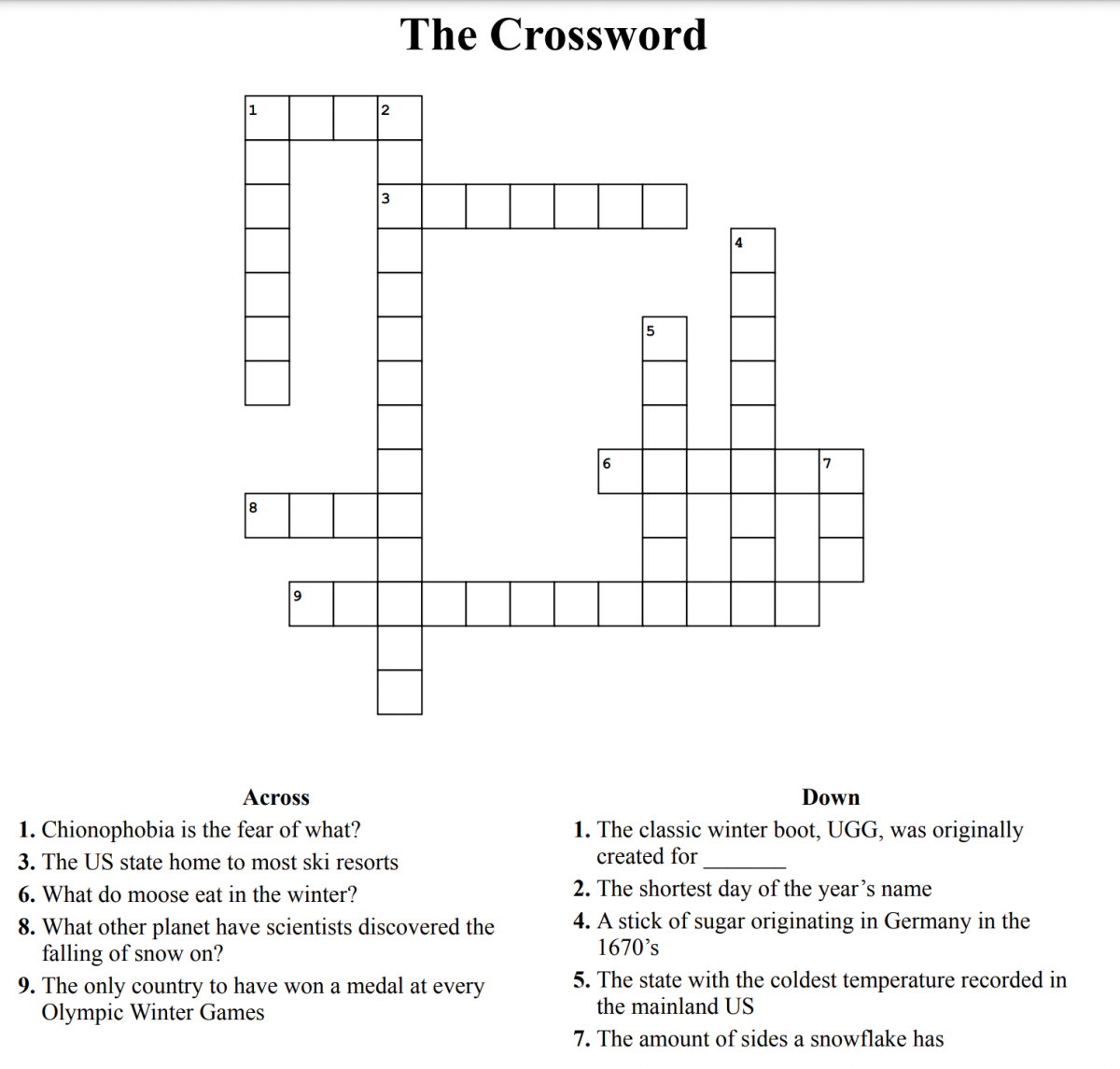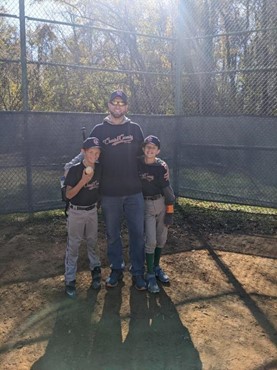I’ve been lucky that my parents have always pushed me to think critically about all sides of an issue. I’m starting to realize this is not the case with everyone. Watching election coverage this fall, I noticed subtle biases in the rhetoric of the NBC anchors. For Democratic nominees, clips of the rallies played, emphasizing talking points, while for Republican nominees, there were no clips of rallies, no mentions of policy, just a subtle nod as to where the rally had been the previous night. Another night, my sister and I were at my grandparents’ house, and the FOX News channel that played was the exact opposite of NBC. They were singing to the masses about Republican nominees. “This policy would save the country,” and “this person would turn a broken country around” contrasted coverage of the Democratic nominees, with insults feeling like a painful burn at the stake. “This person is an uneducated leech,” “We’d be closer to World War III with them in office then we would be with a hippo.”
People should be able to see through these biases, yet ultimately no one does. Effective societies should have one goal, and that should be to be informed and to know the truth. So often, we settle for just the baseline of what is given to us by our preferred news outlet, not knowing if it actually is the truth. Americans waste about 20 hours per week mindlessly scrolling through social media, playing games, taking naps, or texting friends. If we used just two of those twenty hours to read and synthesize different news sources, we might be able to determine what is the truth based on the reliability and consistency of information.
Journalism is not the only place where what goes on in our daily lives and the planet we live on gets twisted. It also happens on our phones. Cell phones are an element of modern society, and people spend more time on their phones than they do interacting with humans face to face. We often watch TV shows and movies on our phones. One time, when I was watching a movie on YouTube, I was thrown with a countless number of ads that all were from one political party, and they all bashed the opposite party. My first thought was, how could anyone buy this? But you can never count out what people will do.
Another example of this very similar style of bashing one party is on a TV show I love: Saturday Night Live. Believe me, I dream of being the Weekend Update anchor, and even write my own satire and comedy material. However, TV shows like SNL imply a bias that is very clear to see even watching one or two episodes. Almost every single SNL sketch is very clearly anti-republican, and will go out of its way to bash any person associated with the Republican Party. What’s worse is the writing is insanely clever, so it makes the viewers fully buy into it, and actually like what the sketch is trying to get at. However, whenever SNL tries to mock anybody on the left side of the spectrum, they make cheap and lazy jokes about age. In comedy writing, you really never want to joke about age because it is a cheap shot, and it might offend the person you’re writing about.
These biases may seem subtle, but it’s the subtle biases that have the most impact on the viewer. One thing we need to do better at is picking out the biases in modern creation. When we take in forms of creation, we often do it as a form of entertainment, and a way to ease the problems of our lives. When we do this, we shut our brains off, and allow for true thought to stop. In the process, we allow our brain to be spoon fed facts and information that may not have any amount of truth to them. Thus, we begin to believe these facts, and start to take them as truth. We must stop this. It may not be easy, but let’s start to focus on what’s fed to us in entertainment, so we can truly tell what is right and wrong. Because if one doesn’t have the necessary information, then are they truly making the decision best for them, or are they doing what the creator wants? This is also worrying, because if journalists also have this much power, then they, by having the freedom of speech to write what they want and present it as they want, are indirectly limiting the freedom of speech of another person.
So how do we determine what’s fact and what’s fiction? There’s a couple of resources that can help. AllSides, a news website, has a bias chart that shows how much every popular news site is biased, and how biased they are. Another good resource is consuming a news source that is considered the opposite of the news you view. At the end of the day, the belief of the society falls on the hands of the creators, truth-twisters, writers, anchors, and journalists, who hold the fate of it, in their creative minds and powerful hands. You are the one who needs to be careful and always questioning what they will do with it.
Best regards,
Matthew T. O’Hara
